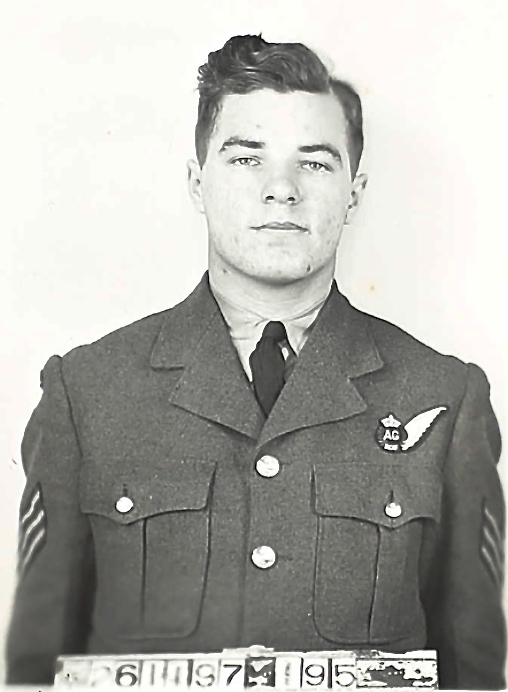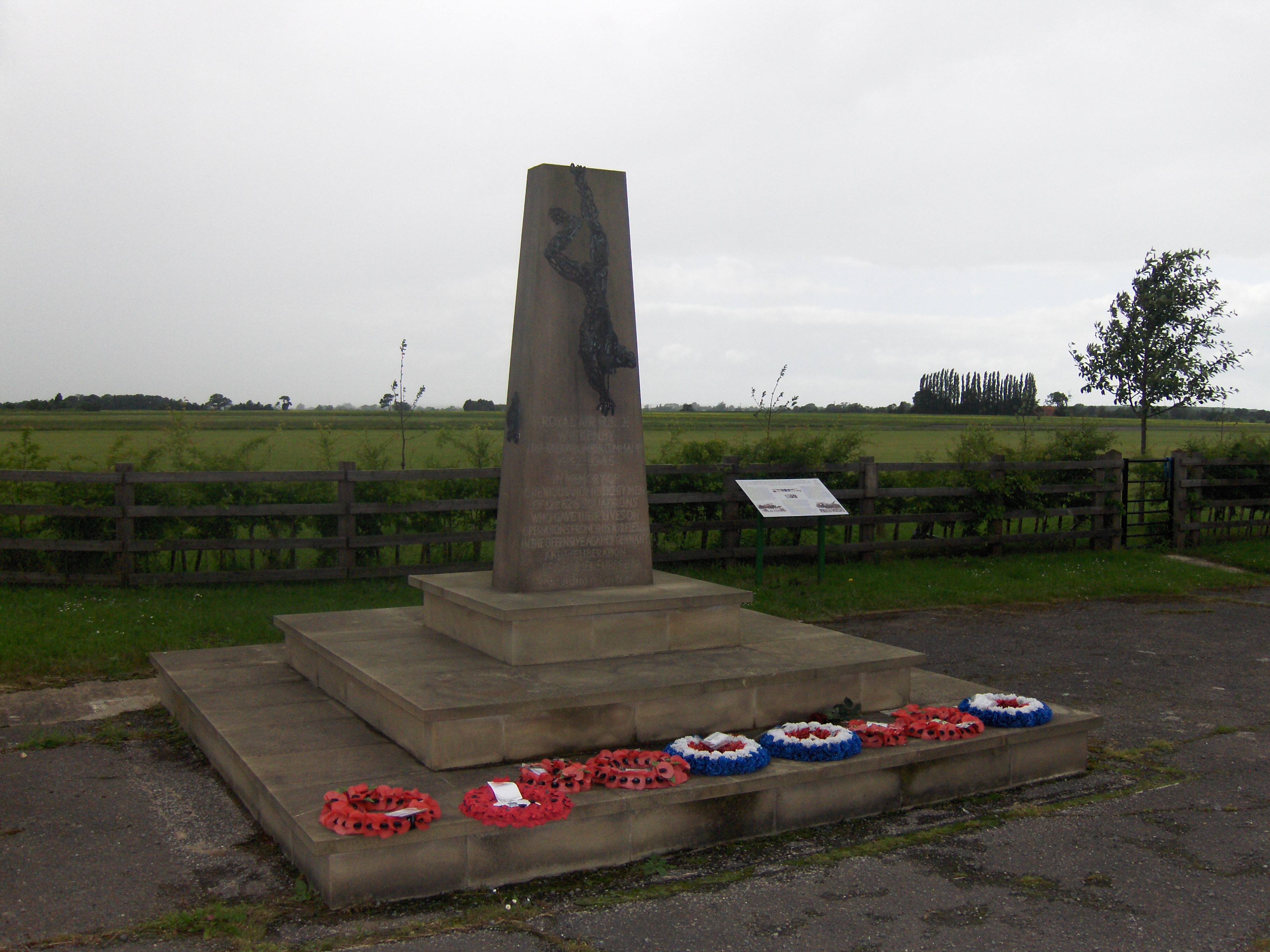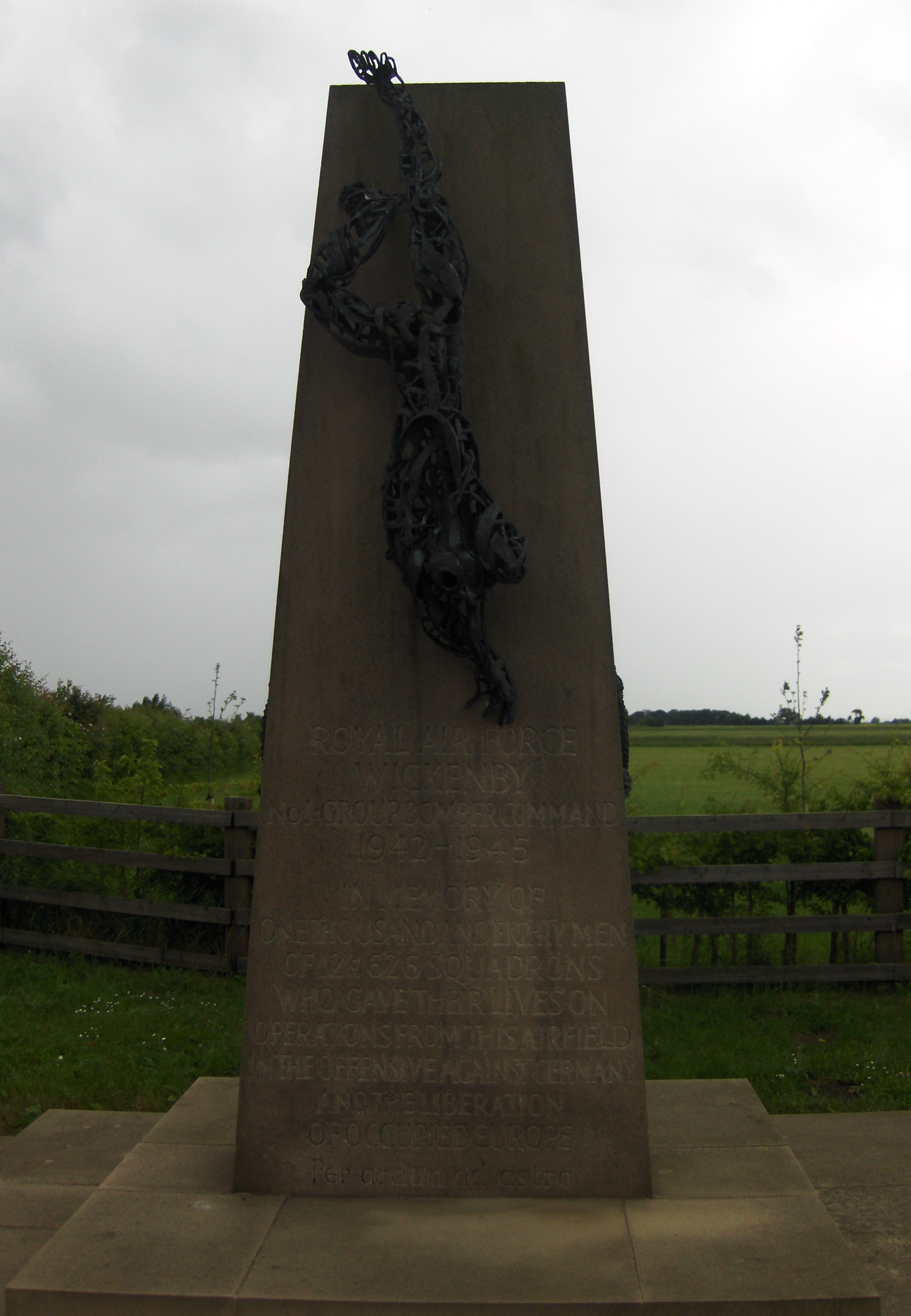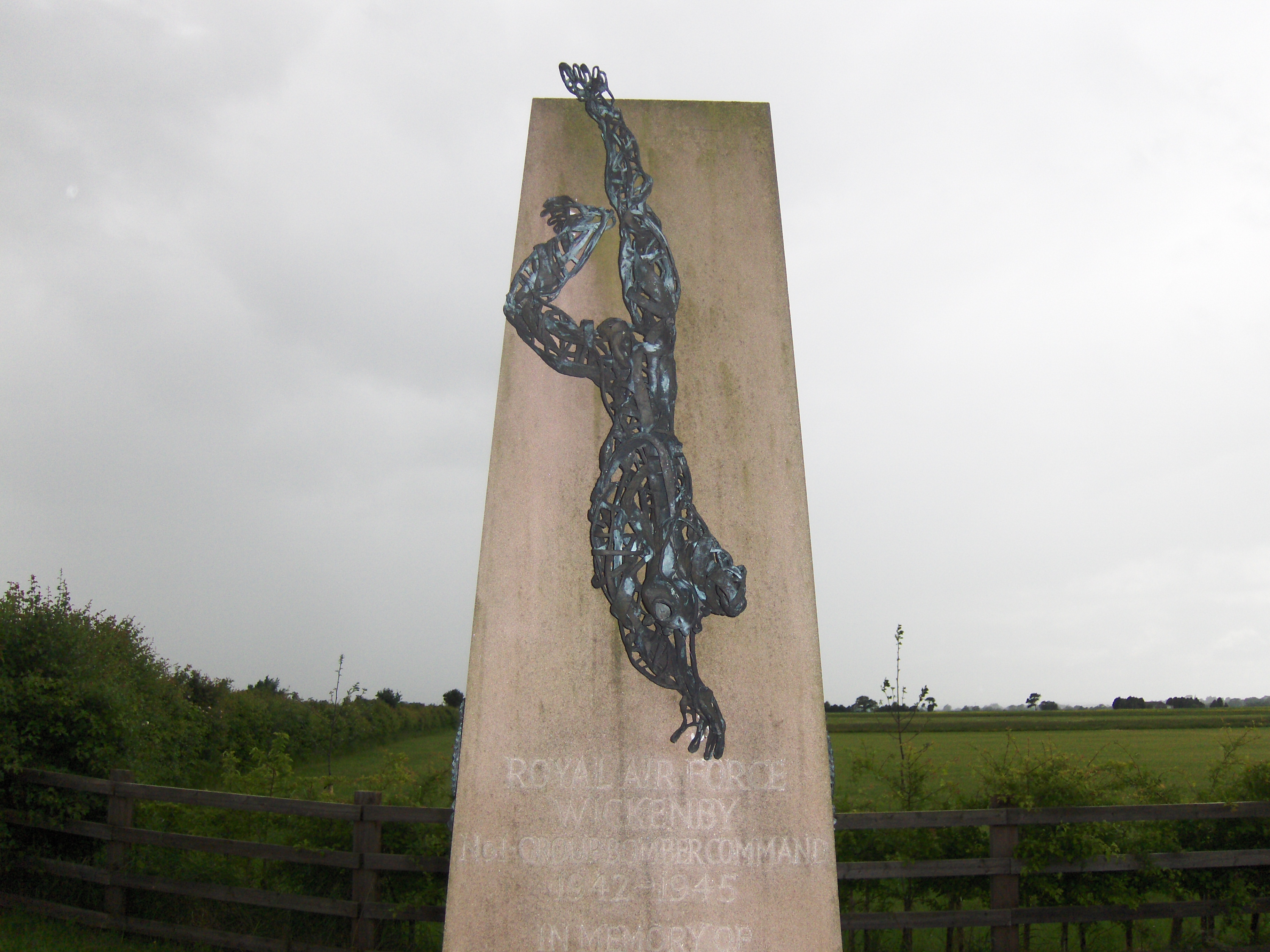Casey, Terence Anthony
Personal Information
| Rank | F/S |
| Forename(s) | Terence Anthony |
| Surname | Casey |
| Gender | M |
| Age | 20 |
| Decorations | |
| Date of Death | 31-12-1944 |
| Next of Kin | Son of Frederick Charles Casey and Ivy Casey (née Hobbs) of Windsor, Ontario, Canada. |
Aircraft Information
| Aircraft | Avro Lancaster I |
| Serial Number | PB687 |
| Markings | UM-Q2 |
Memorial Information
| Burial/Memorial Country | Belgium |
| Burial/Memorial Place | Hotton War Cemetery |
| Grave Reference | IV. E. 9. |
| Epitaph |
IBCC Memorial Information
| Phase | 1 |
| Panel Number | 18 |
Enlistment Information
| Service Number | R/261197 |
| Service | Royal Canadian Air Force |
| Group | 1 |
| Squadron | 626 |
| Trade | Air Gunner |
| Country of Origin | Canada |
Other Memorials
| Location | Main Entrance, Wickenby Airfield, Lincolnshire |
| Country | United Kingdom |
| Memorial Type | Inscribed Memorial Stone, Metal Scupture, Info Board |
| Memorial Text | This memorial commemorates the 1080 aircrew killed on operations with Nos (12B) and 626 squadrons whilst based at Royal Air Force Wickenby 1942-1945, the design and building of the memorial in 1981 was funded by subscription from members of the Wickenby R |
Miscellaneous Information
| Terence was born on 24 November 1924 at Windsor, Ontario. His father was born in Dublin, Ireland and was a Watchman and his mother, who was deceased by the time of Terence's enlistment, in Manchester, England. He had a sister Eileen and two brothers Wilfred and Brian. F/L Wilfred was in the RCAF as was his brother F/L Brian Casey but he sadly lost his life on 5 May 1943 at Gander, Newfoundland. The schools he attended were St. Clare, Windsor 1930-1936 , St. Francis , Windsor 1936-1938 and Assumption High, also Windsor, 1938-1942. His sport interests were baseball, softball and swimming. Terence tried three occupations: he tried a month working as a Broach operator, then as a labourer for a few months at the Chrysler Corporation, Windsor, and finally, before enlisting, he worked for three to four months at the Ford Motor Company. |
| He enlisted on 14 July 1943 and after training was posted to the U.K. He embarked from Canada on 25 March 1944 then continued to 3 PRC 3 April 1944, 18 OTU 25 April 1944, 11 Base 30 June 1944, and 626 Squadron on 29 September 1944. On 31 December 1944 Terence sadly lost his life at the age of 20. |
Commonwealth War Graves Commission
The National Archives
| Record of Events (Operational Record Book) AIR 27/2148/22 |
| Summary of Events (Operational Record Book) AIR 27/2145/27 |
Fellow Servicemen
Last Operation Information
| Start Date | 31-12-1944 |
| End Date | 01-01-1945 |
| Takeoff Station | Wickenby |
| Day/Night Raid | Night (94% moon) |
| Operation | Osterfeld |
| Reason for Loss | Shot down over Allied controlled territory |





